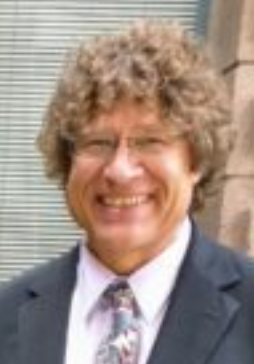Implications of Shallow Subsurface Scattering for Onshore Seismic Acquisition and Processing
OR
About the Course
PESA members, view the course for free!
We propose that a major cause of land seismic noise is from micro-scattering in the near surface and this explains many problems we see with land seismic data. With surface velocities in the 100-200 m/sec range, strong elastic heterogeneities on a scale of 1-10m have a big effect. In contrast with the more studied macro-scattering noise (scatter size > ~30m), micro-scattering noise is very difficult to record unaliased or to model and subtract. However, micro-scattering, which especially affects the high frequencies, is a physical phenomenon that is repeatable. It can be treated as a predictable distortion effect of signal and noise rather than purely producing unwanted energy. We show that this surface distortion from near surface scattering can be measured from data and corrected. This suggests there is more signal in our noisy data than we think, it can be recovered, and we should focus more during acquisition to help processing methods resolve the scattering distortion.
This micro-scattering noise is very difficult to remove because it is so strong, travels in all directions, often has short wavelengths, and appears as unorganized, complex noise. Whereas macro-scatter modelling and removal has some success, micro- scattering is very difficult to model and subtract because of its small scale. Tight inline spacing can remove the inline component of the noise, which is about 50% of the scattered noise, but this may not be sufficient when the noise is 10-100 times stronger than the signal and we desire to remove >90% of the noise. Relying on very high fold and aggressive statistical methods to remove the scattering can be expensive because S/N only improves by the square root of fold.
A novel micro-scattering distortion correction approach has several significant
implications for acquisition and processing:
1) Tight inline spacing is likely not the optimal use of hardware in areas of strong micro-
scattering,
2) New processing methods can recover significant signal rather than just attenuate
noise,
3) Collecting more independent, distributed source and receiver locations helps the
processing steps to measure and correct micro-scattering distortion, and
4) There is significant potential benefit from avoiding placing sources and receivers in
the noisiest micro-scattering locations.

Your Instructor

Christof Stork graduated with a Ph.D. in geophysics from Caltech in 1988 and then a Postdoc at Stanford. He has been involved with 5 startup companies, of which 4 1/2 were successful, and has been a leader in reflection tomography, wave equation migration, FWI, and land acquisition considerations. Christof has twice had a measurable impact of greater than $1 billion on the industry with Wave Equation migration and RTM. After founding Land Seismic Noise Specialists in 2017, he has been focusing on developing novel ways to reduce the noise present in land data, as well as trying to improve acquisition designs to try to capture that noise more coherently.
